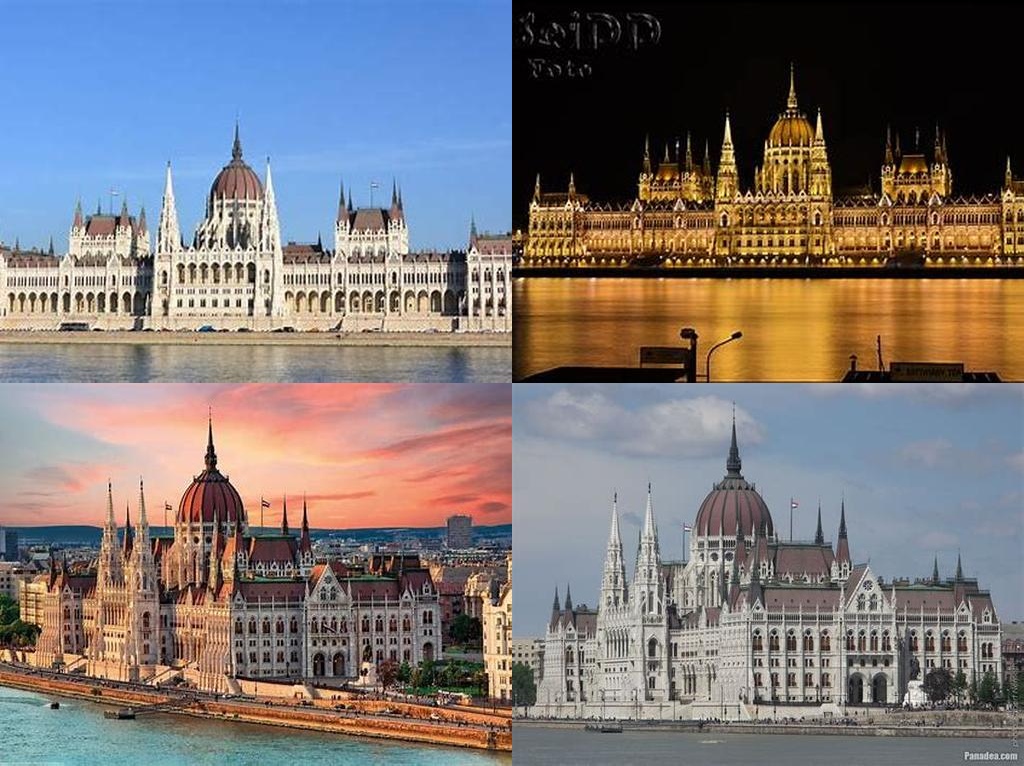
Országház stands as a remarkable testament to ambition on the Danube, an architectural giant that regularly stirs surprise in travelers who happen upon the Pest side of Budapest. White-domed and dreamy, this Parliament Building possesses the odd quality of feeling at once stately and approachable—more like a grand piece of art with an open invitation than a seat of political power. Its river-facing façade, mirrored in the slow waters below, seems sculpted for grand photos. But that’s just the surface. The closer you look, the more the place tugs you in, mixing neo-Gothic exuberance with Hungarian flair and stories from more than a century of European drama.
Construction of the Országház began in 1885, triggered by a national desire to celebrate the 1000th anniversary of Hungary’s foundation. The moment wasn’t random; post-Austro-Hungarian Compromise, Hungarian identity and self-confidence needed something spectacular to burnish their status in the world. The building’s creator, Imre Steindl, took inspiration from the British Parliament in Westminster but gave things a local lilt—so you’ll spot a little of London’s grandeur, but with Mediterranean turrets, red domes, and a riot of pointed arches, gargoyles, and statues of past Hungarian rulers. Steindl’s own story tilts toward heartbreak: he went blind before seeing his masterwork completed in 1904. One likes to think he saw it in his mind’s eye all the same.
The scale of Országház is almost theatrical. The building sprawls across nearly 18,000 square meters with more than 690 rooms, 10 courtyards, and 27 gates—though only a handful are open to regular mortals. The showpiece inside is certainly the Dome Hall, perched at the core of the building and crowned with a 96-meter-high dome, whose number nods to both the year of Magyar conquest (896) and the country’s thousand-year-long history. This is where the greatest treasures of modern Hungary reside: the Holy Crown of Hungary, centuries old and elegantly guarded behind glass, appears almost reluctant to reveal its age. Walk the grand staircase, an explosion of red carpeting and intricate ceiling mosaics, remembering that every surface—even what seems a humble handle—might hide a tiny emblem or symbol from Hungarian lore.
Despite the echo of lawmaking and royal intrigue, Országház offers a quieter camaraderie. Passing through its colonnades, you’re likely to find Hungarian students idly reading, perhaps a couple lost in passionate debate, or simply people pausing to marvel at the façade’s 242 statues—emperors, rulers, and allegorical figures alike, each with stone-folded robes billowing eternally in some mysterious wind. Guides and staff often pepper their anecdotes with quirks, like the local habit of replacing the ornamental pens in the parliamentary lounge as collector’s items—an unending supply of government souvenirs.
One might expect the seat of government to be forbidding, but Országház’s presence on the wide Kossuth Lajos Square is part of its charm. The building doesn’t shy away from the daily rhythm of Budapest; it soaks up the city’s sunrises and fogs, its echoing laughter and the ripple of spring protests. From its steps, you can see the older city drift up on Castle Hill, or, in the other direction, the distant rumble of life on Margaret Island. It’s hard not to feel, standing before or inside it, that you are taking part in a story that stretches from medieval campaigns to modern debates—the dialogue that keeps Hungary alive.
Visiting Országház doesn’t just deliver a lesson in history, but a glimpse of how architecture can be both a stage for politics and an enduring celebration of national hope—one never quite the same as the day before, gently shifting with the river’s moods. Whether it’s a passing look or a long, winding guided tour, this building rewards both the curious and the contemplative, inviting each visitor to find their own secret moment within its storied walls.





